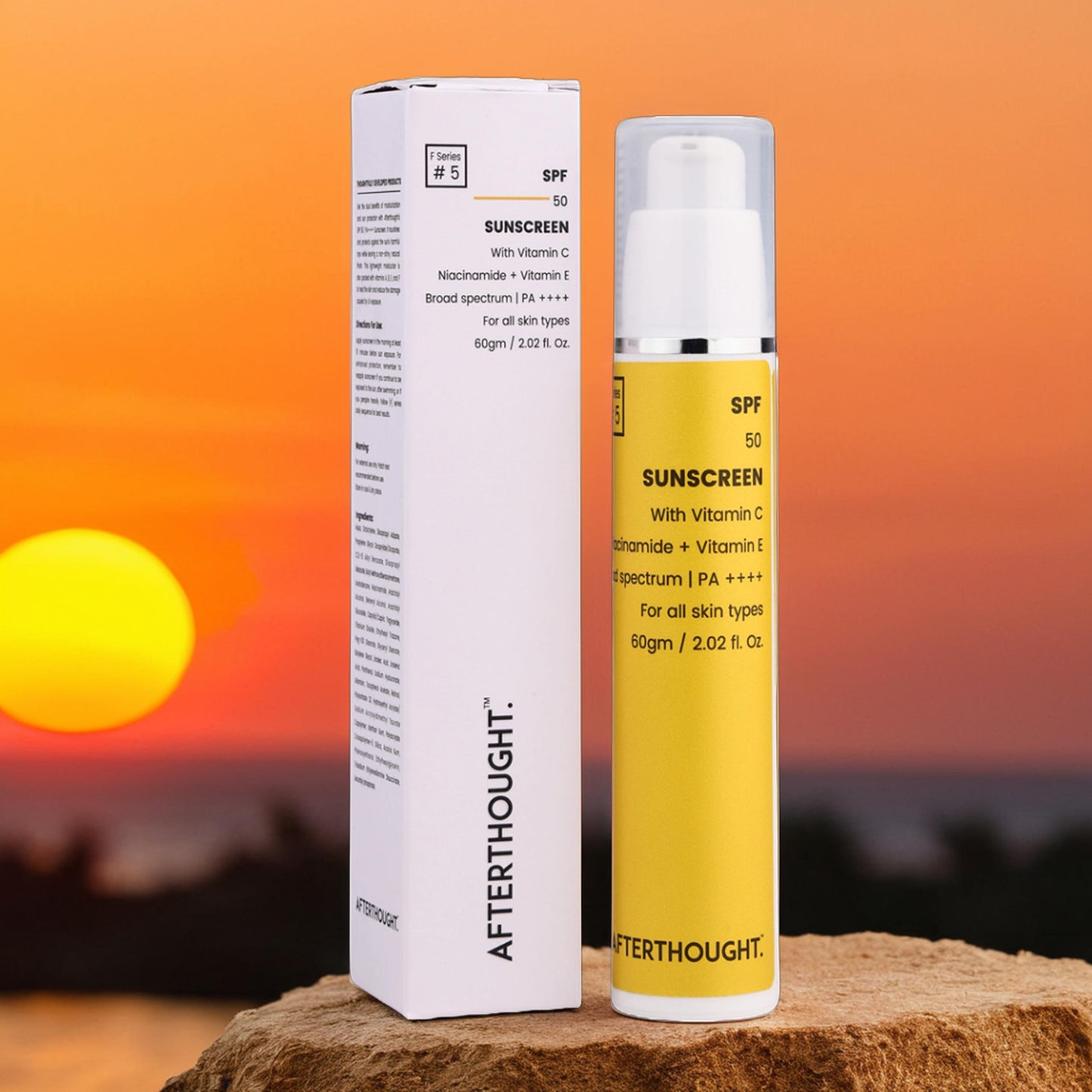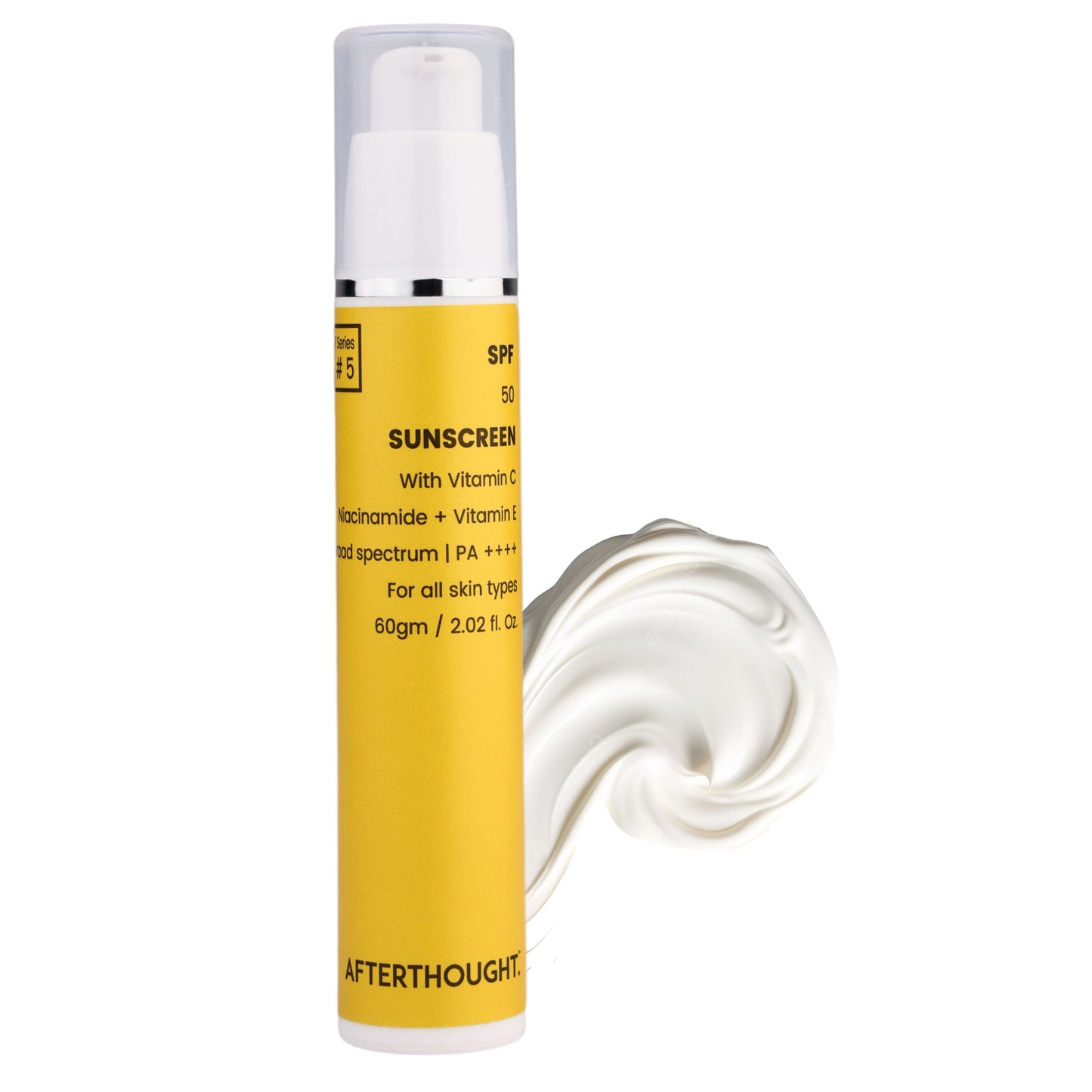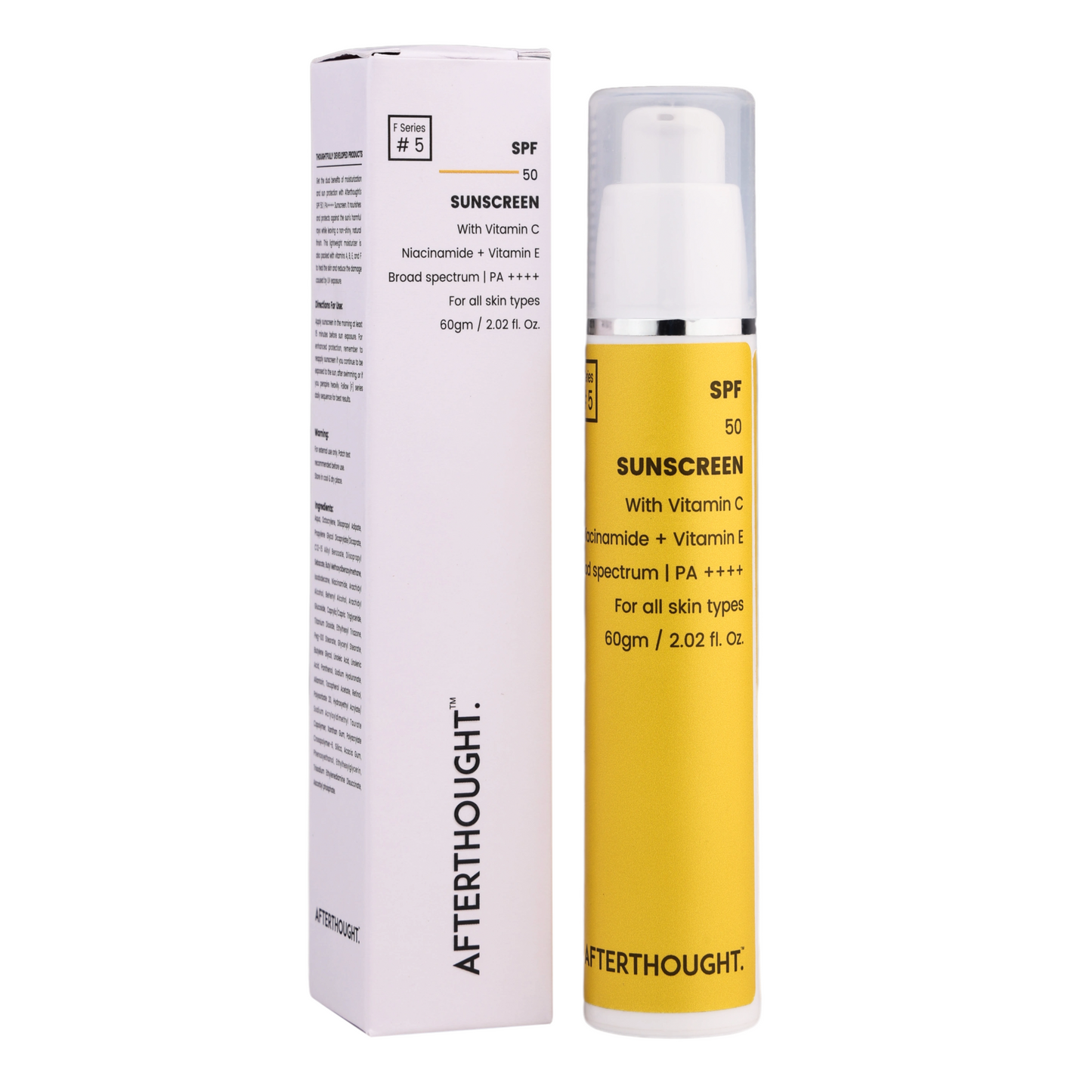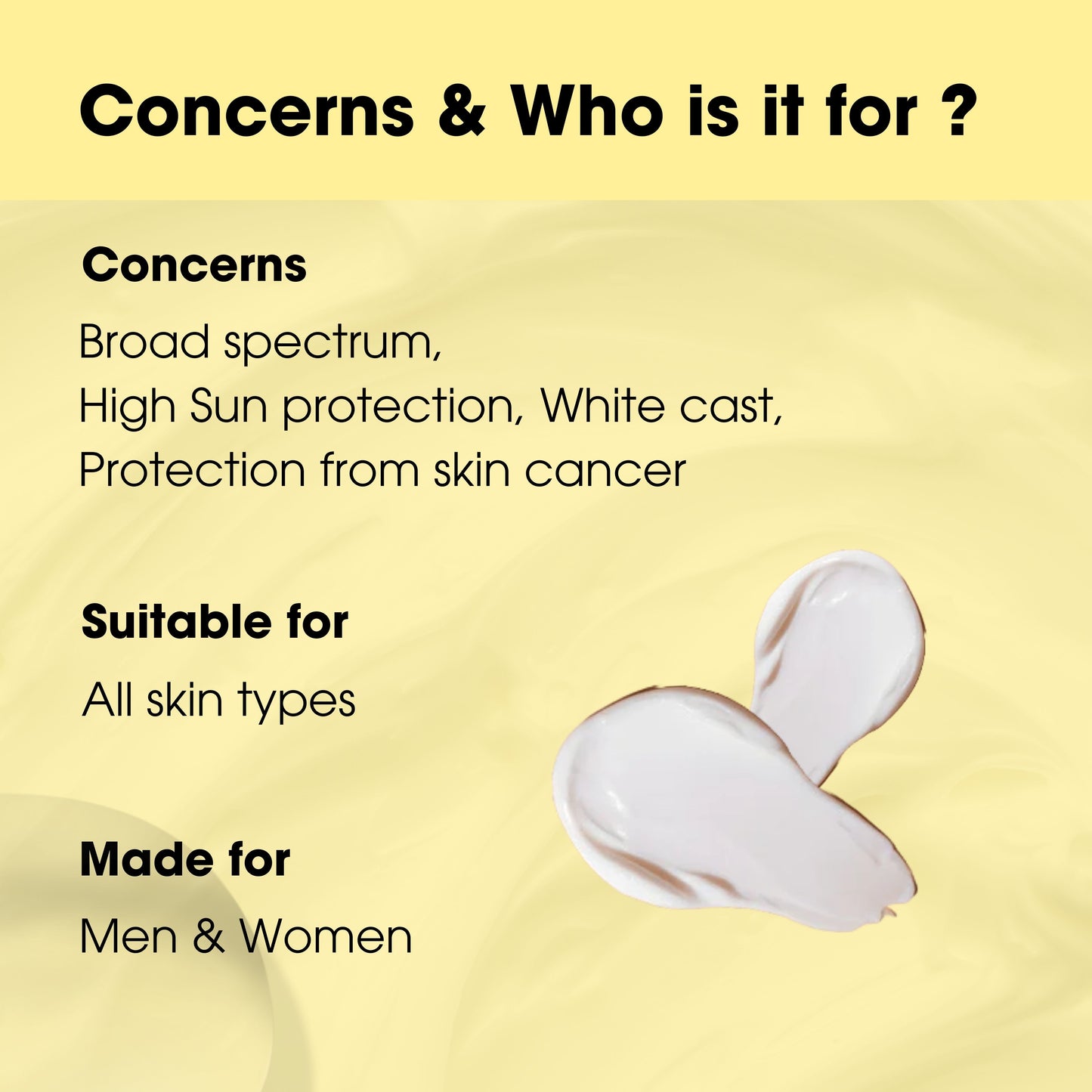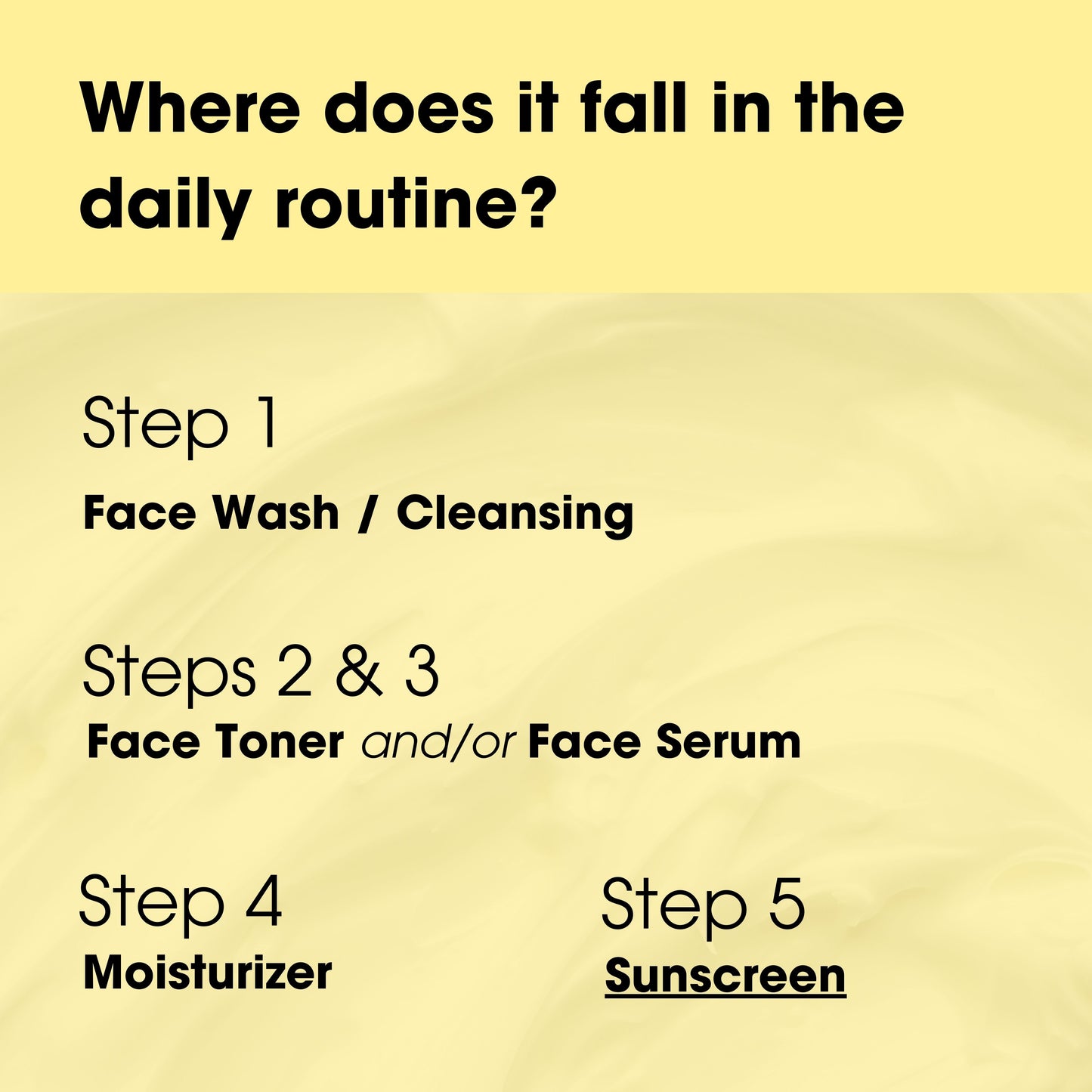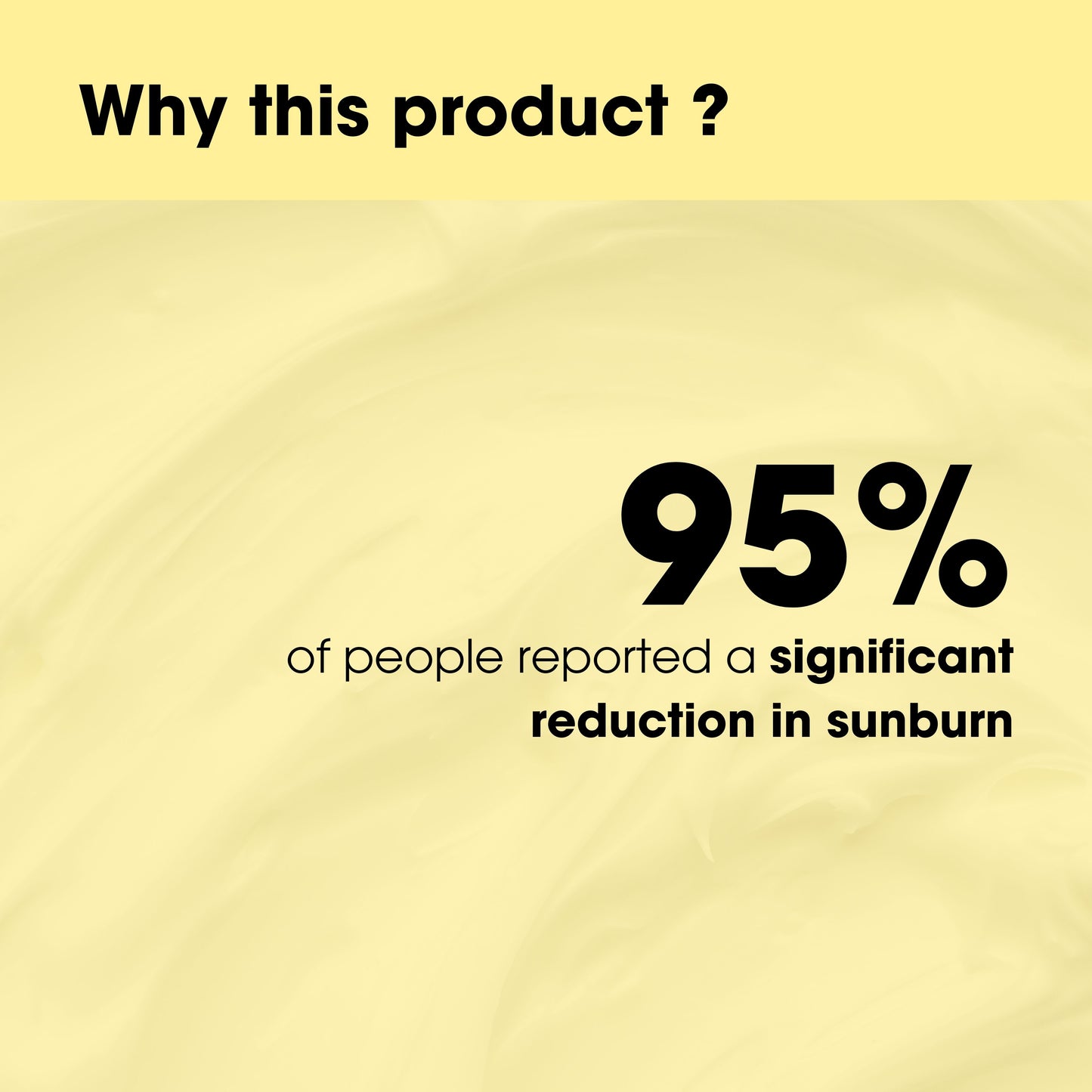Which Is Better, Sunscreen or Sunblock?
When it comes to protecting your skin from the harmful effects of the sun, two common terms often come up: sunscreen and sunblock. Welcome to Afterthought.
Understanding the differences between these two types of sun protection can help you make an informed choice about which one is best suited for your needs.
Let’s delve into the nuances of sunscreen and sunblock to help you decide which one to use.
Understanding Sunscreen and Sunblock
Sunscreen is a chemical-based product that absorbs ultraviolet (UV) radiation, preventing it from penetrating the skin. The active ingredients in sunscreens, such as avobenzone, octinoxate, and oxybenzone, work by absorbing UV rays and converting them into heat, which is then released from the skin. Sunscreens are typically available in various forms, including lotions, creams, sprays, and gels.
Sunblock, on the other hand, is a physical barrier that reflects UV radiation away from the skin. The primary active ingredients in sunblocks are minerals like zinc oxide and titanium dioxide.
These minerals sit on top of the skin and physically block both UVA and UVB rays. Sunblock products are often thicker in consistency and may appear white on the skin, although modern formulations have improved their texture and appearance.
Key Differences Between Sunscreen and Sunblock
-
Mechanism of Action:
- Sunscreen: Absorbs UV radiation and converts it into heat.
- Sunblock: Reflects UV radiation away from the skin.
-
Ingredients:
- Sunscreen: Contains chemical compounds such as avobenzone, octinoxate, and oxybenzone.
- Sunblock: Contains physical ingredients like zinc oxide and titanium dioxide.
-
Skin Application:
- Sunscreen: Generally lighter and more transparent, making it suitable for everyday use under makeup.
- Sunblock: Thicker and may leave a white cast on the skin, although newer formulations have minimized this effect.
-
Effectiveness:
- Sunscreen: Effective in absorbing UV rays, but may require reapplication more frequently, especially after swimming or sweating.
- Sunblock: Provides immediate protection and is often more stable in direct sunlight, making it ideal for extended outdoor activities.
Choosing the Right Protection for Your Skin
The choice between sunscreen and sunblock ultimately depends on your specific needs and preferences. Here are some factors to consider:
-
Skin Type:
- If you have sensitive skin, you might prefer sunblock as it is less likely to cause irritation. The physical ingredients in sunblock are generally well-tolerated and are often recommended for those with skin conditions such as rosacea or eczema.
- For acne-prone skin, some chemical sunscreens can be more suitable as they are lighter and less likely to clog pores.
-
Daily Use vs. Outdoor Activities:
- For everyday use, especially under makeup, a lightweight sunscreen may be more convenient and comfortable.
- For outdoor activities like hiking, swimming, or sports, a sunblock might offer more robust protection, especially since it is less likely to break down in the presence of UV light.
-
UV Protection Needs:
- If you require broad-spectrum protection against both UVA and UVB rays, both sunscreen and sunblock can be effective. However, ensure that the product you choose is labeled as "broad-spectrum" to guarantee comprehensive protection.
-
Ease of Use:
- Consider the texture and appearance of the product. Sunscreens tend to be more cosmetically elegant, while sunblocks might be thicker and more visible on the skin. However, newer formulations of sunblock have improved significantly in terms of appearance and feel.
Application Tips for Maximum Protection
Regardless of whether you choose sunscreen or sunblock, proper application is key to ensuring maximum protection:
- Apply Generously: Use enough product to cover all exposed skin. Most people do not apply enough sunscreen or sunblock, which reduces its effectiveness.
- Reapply Regularly: Reapply every two hours, or more often if you are swimming or sweating. Even water-resistant products need reapplication after a certain period.
- Don’t Forget Key Areas: Make sure to cover often-missed spots such as the ears, back of the neck, and tops of the feet.
- Combine with Other Protective Measures: Use sun-protective clothing, hats, and sunglasses to enhance your protection against UV rays.
Check Now : Sunscreen SPF Calculator
Conclusion
In the debate between sunscreen and sunblock, there is no one-size-fits-all answer. Both offer effective protection against the sun’s harmful rays, but the best choice for you depends on your skin type, lifestyle, and personal preferences.
By understanding the differences and considering your specific needs, you can make an informed decision to protect your skin and enjoy the sun safely.
Remember, the most important thing is to use some form of sun protection consistently. Whether you prefer the chemical absorption of sunscreen or the physical barrier of sunblock, prioritizing sun safety will help maintain your skin’s health and appearance in the long run.
Also Read: What Ingredients Should Not Be In a Sunscreen?

